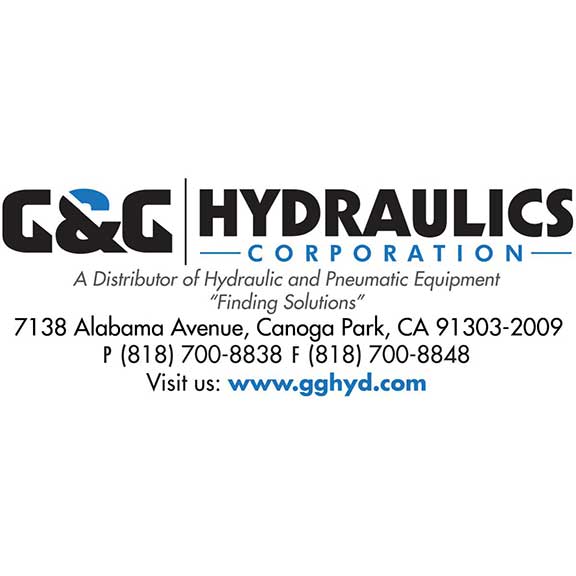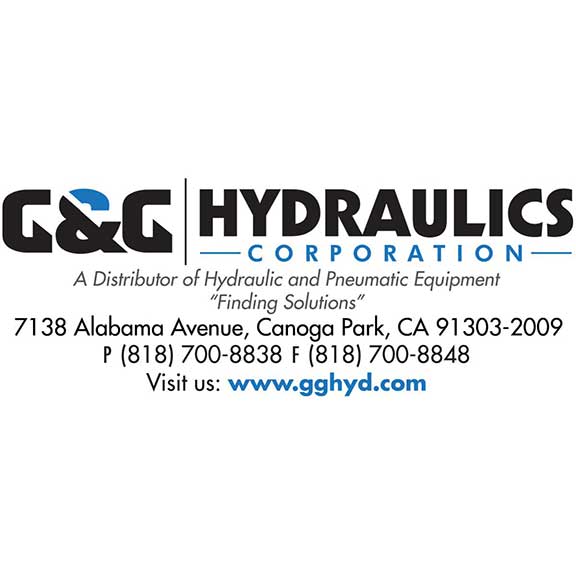Repair Kits
Hydraulic Repair Kits
-
-
-
-
- 11-5024S000 SC Hydraulic Valve Assembly, Inlet Stainless Steel with Buna SealSpecial Price $181.45 was $191.00
-
- 11-5124NDL0 SC Hydraulic Engineering Repair Kit, Air Section Buna SealsSpecial Price $265.05 was $279.00
- 11-5148E018 SC Hydraulic Repair Kit, Hydraulic Section, 30:1 with EPR SealsSpecial Price $118.75 was $125.00
-
- 11-5148N018 SC Hydraulic Engineering Repair Kit, Hydraulic Section (10-5000W018)Special Price $45.60 was $48.00
-
-
-
-
-
-
-
- 11-5148N160-HF4 SC Hydraulics Engineering Repair Kit, Hydraulic SectionSpecial Price $48.45 was $51.00
-
- 11-5148N250-HF4 SC Hydraulic Engineering Repair Kit, Hydraulic SectionSpecial Price $51.30 was $54.00
- 11-6099N010 SC Hydraulic Engineering Repair Kit, Hydraulic Assembly, 10-550-99-1Special Price $58.90 was $62.00
-
-
-
- 11-6099N050 SC Hydraulic Repair Kit, Hydraulic Section Buna Seals Dry LubeSpecial Price $58.90 was $62.00
- 11-6099N080 SC Hydraulic Repair Kit, Hydraulic Section Buna Seals Dry LubeSpecial Price $58.90 was $62.00
- 11-6099N151 SC Hydraulic Engineering Repair Kit Hyd Assy 10-550-99-151Special Price $95.95 was $101.00
- 11-6099N201-HF4 SC Hydraulic Engineering, Hydraulic Section Repair KitSpecial Price $80.75 was $85.00
-
- 11-6100NDL0 SC Hydraulic Repair Kit, Air Section Buna Seals Dry LubeSpecial Price $272.65 was $287.00
-
-
- 1484-7 Coilhose 1/2" Standard Pressure Spring (0 - 125 psi) UPC #029292711500Special Price $10.07 was $13.43
- 1488-7 Coilhose 3/4" & 1' Standard Pressure Spring (0 - 125 psi) UPC #029292712132Special Price $16.15 was $21.53
- 16FS5C2364ACFR Parker Gold Ring Repair Kit for the Vessel #16FS5C2364ACFSpecial Price $230.30 was $274.17
-
-
-
-
-
-
-
-
-
-
- 300006 SPX Power Team Repair Kit for 100-Ton Cylinders, UPC #662536080941Special Price $313.81 was $352.60
-
-
-
-
|
Your One-Stop Shop for All Repair Needs Our high-quality repair kits are great for maintenance, monitoring, and emergency repairs of hydraulic machinery and equipment. Whether you’re in the construction, manufacturing, or evacuation industry, we’re your one-stop-shop for all your hydraulic repair kits and supplies. As a certified seller, G&G Hydraulics Corporation brings you reliable hydraulic valve repair kits and a wide range of other hydraulic supplies and accessories to ensure continued operations and reduced cost of machine maintenance and repairs. |
We’re Committed to Quality, Reliability, and Customer Service At G&G Hydraulics Corporation, we know that hydraulic system failures can grind your operations to a halt and lead to losses. To prevent this, we offer a wide selection of replacement parts and repair kits from leading manufacturers so you can shop with confidence. We’re committed to quality, reliability, and excellent customer services. We offer a live chat feature and customers can call if they need assistance choosing parts. Get professional advice and the right repair kit to keep your hydraulic system or equipment operations running smoothly. |
Shop Online Now
Order complete hydraulic repair kits at G&G Hydraulics Corporation and enjoy a risk-free guarantee with every purchase at our online store. With 700+ 5-star ratings, we’re your trusted partner when it comes to finding and purchasing the hydraulic supplies you need.
Buy your repair kit now or shop for other hydraulic supplies and accessories online.









Validate your login